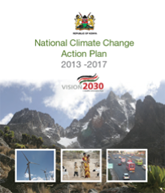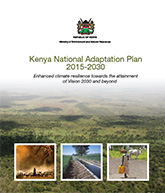Mombasa County Stakeholders Consultative Workshop
The workshop was convened as part of the work plan for the development of the National Climate Change Response Strategy’s Action Plan. The overall objective of the consultations is to provide an opportunity for stakeholders from each of the counties to prioritise climate change concerns and required actions to inform the Action Plan.
The following are some of the socio-economic and geographic characteristics of the six counties (Kilifi, Kwale, Lamu, Mombasa, Taita-Taveta and Tana River) represented in the workshop: Geographically, all the six counties are in south-eastern Kenya, and all border the western Indian Ocean coastline except Taita-Taveta County. The agro-ecological zones (AEZs) in which the counties are located vary from semi-arid to semi-humid. Current total population stands at 3,325,307 according to the 2009 Kenya Population and Housing Census. Nature-based tourism, fishing and agriculture are the main economic activities in the province. The port of Mombasa plays a crucial role in the economy of not only Kenya, but of other eastern African countries such as Uganda, Burundi, Rwanda, Southern Sudan and others.
NCCAP Reports
National Climate Change Action Plan Executive Summary
Long-Term National Low Carbon Climate Resilient Pathway
Adaptation, Analysis and Prioritisation
Enabling Policy and Regulatory Framework
National Performance and Benefit Measurement








